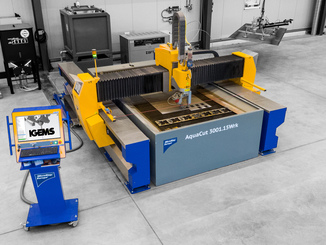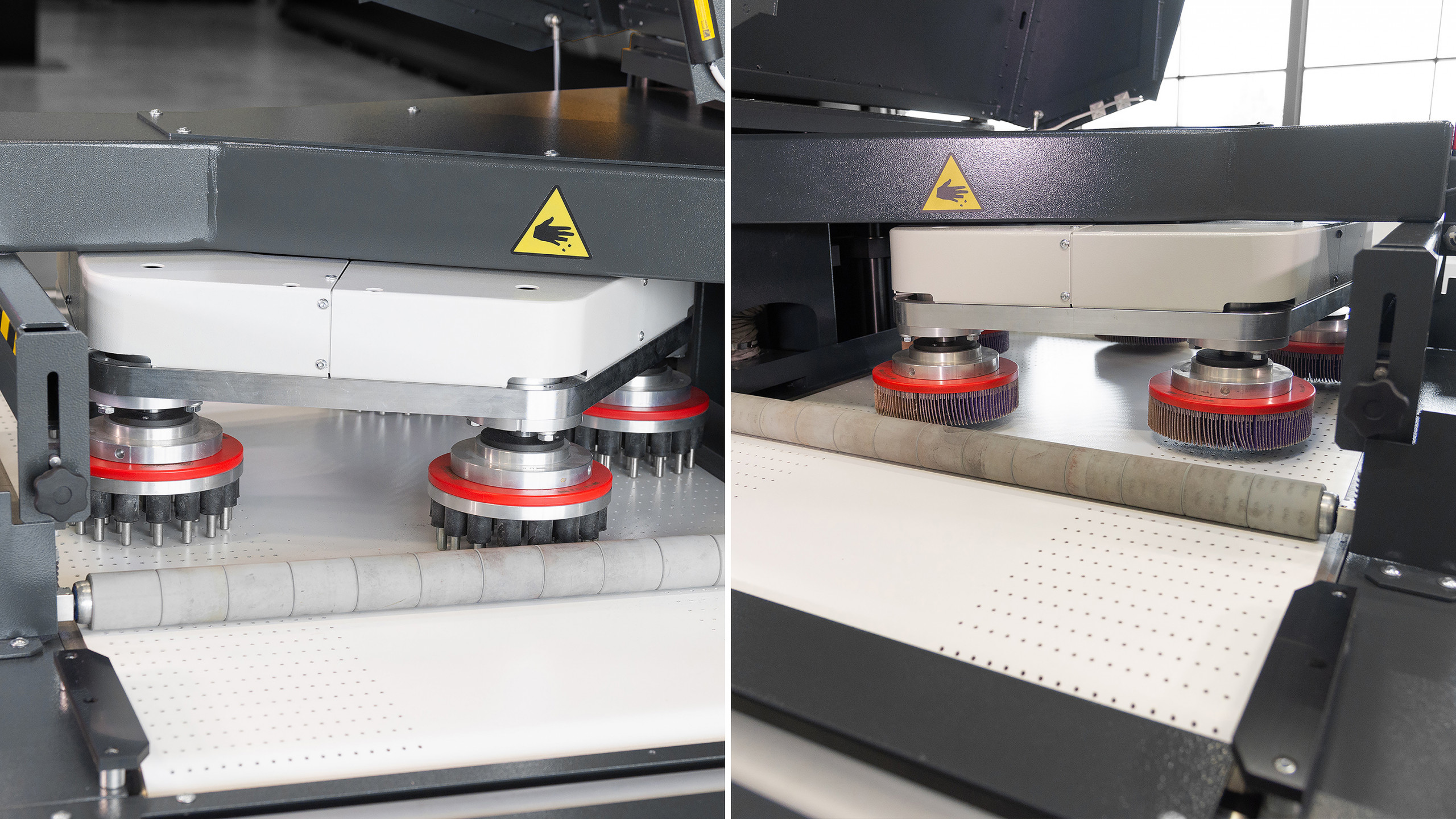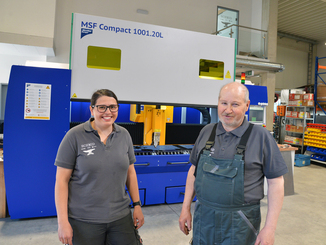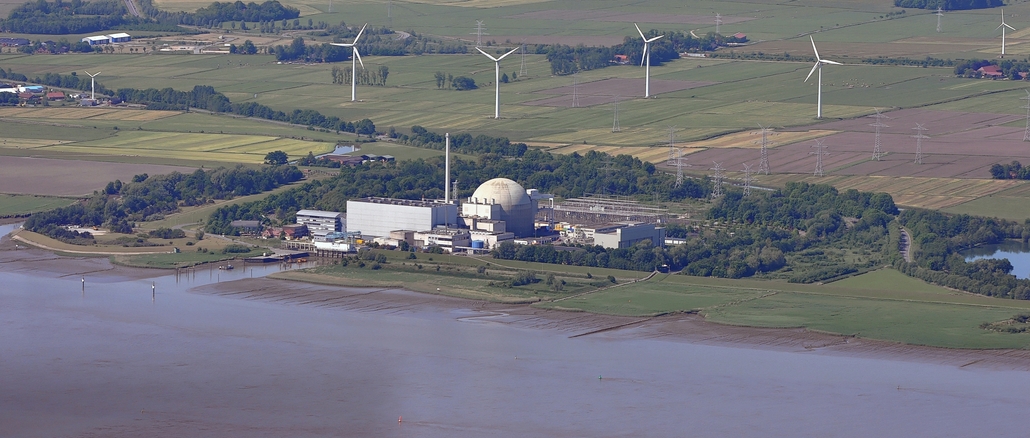
The clock is ticking: From today’s perspective, the nuclear phase-out in Germany has reached its final deadline with the extension of the operating lives of nuclear power plants until April 15. Regardless of fundamental political decisions, the day will come when the technology will have to be dismantled in a costly and safe manner.

© MicroStep Europe
With its diverse solutions of CNC high-end cutting systems with plasma, laser, waterjet and oxyfuel cutting technologies, MicroStep is present in more than 50 countries in many hundreds of productions worldwide. Since the cutting system, control system and software all come from the same company, MicroStep is also a sought-after partner for special solutions for all aspects of cutting and beyond. For example, for the control of hydropower plant turbines or in various robot applications – but MicroStep technologies can also be used in the dismantling of nuclear power plants.
The story began with a project in Slovakia in the mid-2000s: solutions were sought for the disposal of Unit A1 of the Jaslovské Bohunice nuclear power plant, 60 km northeast of the Slovak capital Bratislava. At that time, in close cooperation with technological partners, a portfolio of equipment was developed for measuring radiation from nuclear waste stored in containers (using gamma probes) and for measuring the radioactivity of the exhaust air in the plant’s stacks. Since 2007, MicroStep has delivered dozens of different systems to nuclear waste management facilities, nuclear institutes and power plants – most of them to Central and Eastern Europe.
Dismantling, disposal, storage and other organizational tasks
With the delivery of special radiation measurement chambers to EWN GmbH, MicroStep technology has also been in use in Germany for the dismantling of nuclear power plants since 2020. Entsorgungswerk für Nuklearanlagen GmbH, formerly known as Energiewerke Nord, is a state-owned company specializing in the dismantling and disposal of decommissioned nuclear power plants. Since 1995, EWN has been responsible for the former Greifswald/Lubmin nuclear power plants in Mecklenburg-Western Pomerania and Rheinsberg in Brandenburg, among others.
This activity is laborious. After all, the service life of a nuclear power plant does not end when it is shut down. Depending on the decommissioning method, the dismantling period may even be longer than active operation in exceptional cases. Whether immediate dismantling or exceptional case – the process takes many years in each case.
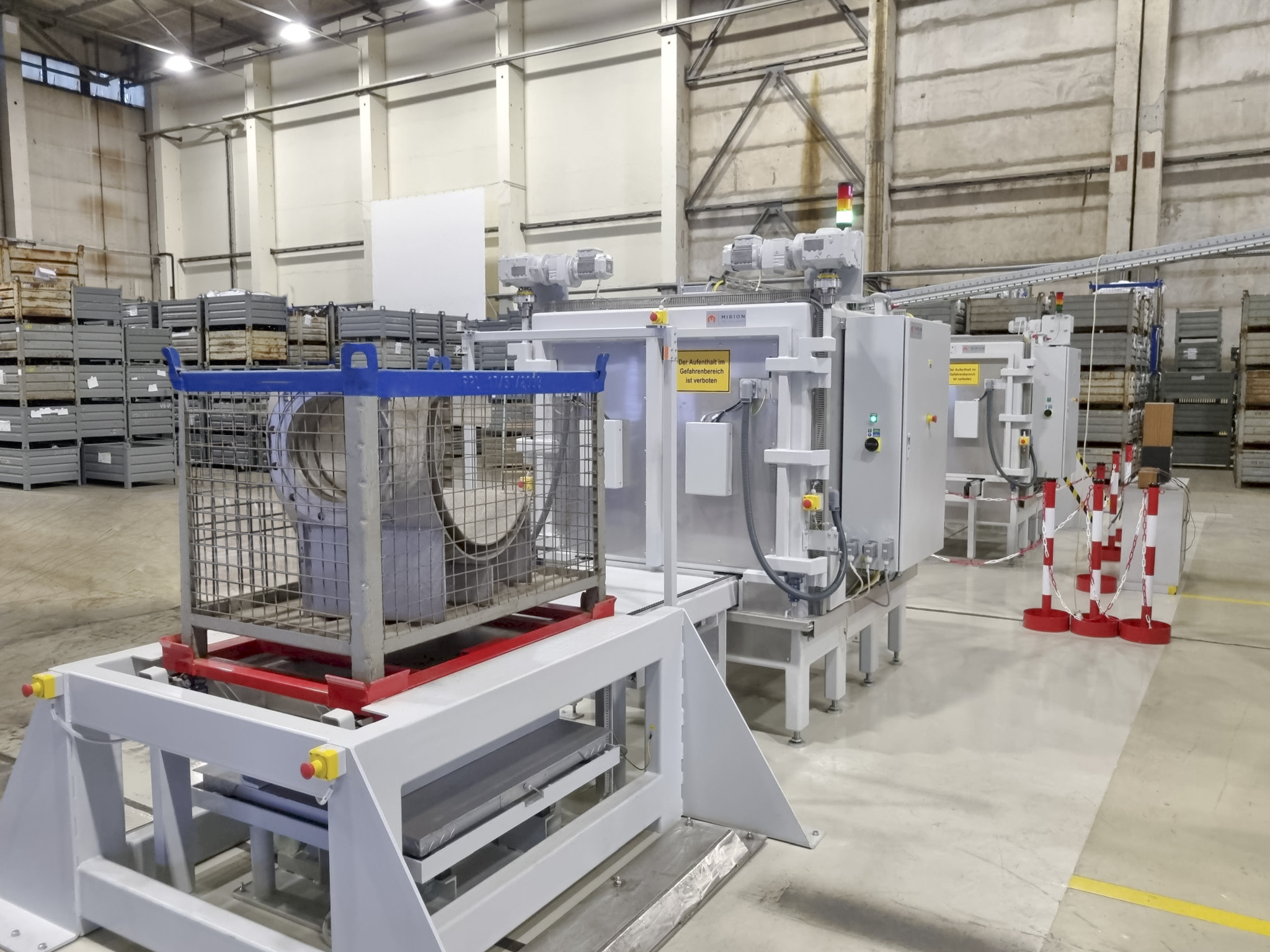
© MicroStep Europe
Everything must be checked for radiation
Finally, it is necessary to dismantle the entire facility. The nuclear power plant is much more than the nuclear reactor itself. There are many components such as pumps, pipes and concrete structures that can be safely recycled through conventional means as scrap metal or as crushed concrete in road construction. On average, this means that around three quarters of the materials collected can be reused. The remaining materials are radioactive to varying degrees and must be decontaminated where possible or, as in the case of spent fuel, safely contained and stored as radioactive waste.
Whether recycling or storage – that depends on a careful testing procedure. Comprehensive radiation measurement ensures that the materials intended for recycling are not (no longer) hazardous, that the decontamination process has been properly carried out, and that the storage containers are impermeable to radioactive waste. For the protection of people, animals and the environment, special machine systems are used for these tasks.
Close development partnership
The EWN operates two radiation measurement chambers in Greifswald to monitor and secure the hazardous materials. In 2020, the existing equipment had reached the end of its service life and needed to be replaced. The chambers used were discontinued models; accordingly, the market was probed for modern and durable solutions. EWN’s general supplier of radiation measurement equipment, the internationally active Mirion Technologies (Canberra) GmbH, brought suitable partners on board – MicroStep and TechMart s.r.o., a specialized supplier of radiation measurement technology. Together, a new generation measurement chamber, the RTM643NG, was developed in record time. Two complete plants were finally produced. These have been in reliable use ever since.
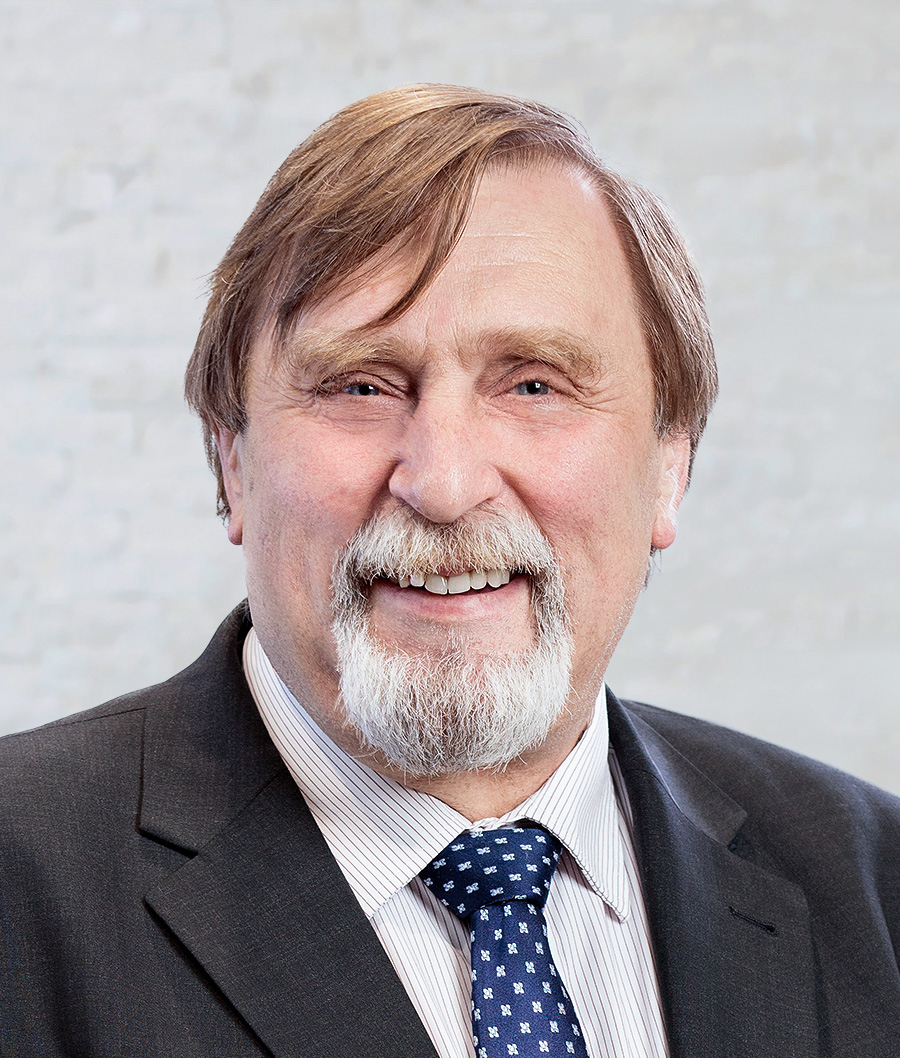
© MicroStep Europe
Automated solution for maximum safety
Each of the two chambers is equipped with a chain conveyor that transports containers of material (concrete rubble, soil, metal parts or used protective equipment) to and from the measuring chamber itself. On its way to the chamber, the container is automatically weighed and must pass through a gate of light beams and sensors. This ensures that the permissible size is not exceeded and that protruding parts cannot collide with the measuring chamber.
Each measurement chamber is shielded with special lead plates supplied by TechMart and set into a steel frame. In the walls and doors on the inside, there are large-area, highly sensitive scintillation counters for radiation measurement, 16 in each chamber, arranged in a special measurement geometry.
The system is operated outside the measuring chamber on a free-standing console equipped with a touch screen with a modern user interface. In standard automatic mode, all that is required is to place the container on top and issue the “Start” command.
However, if required, the operator can also manually control the position of the scale table, hopper and front door. The measurement itself usually takes between 10 and 30 seconds and provides one of two results: The radiation level is either below the strict limit set by the German government and the material can be released for general recycling, or the limit has been exceeded and the material must be treated as radioactive waste.
The first chamber was delivered at the end of 2020, the second one a year later. Both have been in continuous operation since then. “With the experience from previous projects, we were able to develop an individual and highly automated solution with our partners that offers the personnel the greatest possible safety and, of course, the certainty that the recyclable materials are really harmless and that only the materials that are really necessary have to be disposed of as radioactive waste,” sums up Dr.-Ing. Alexander Varga, co-founder and head of development at MicroStep.
Web:
www.microstep.com

